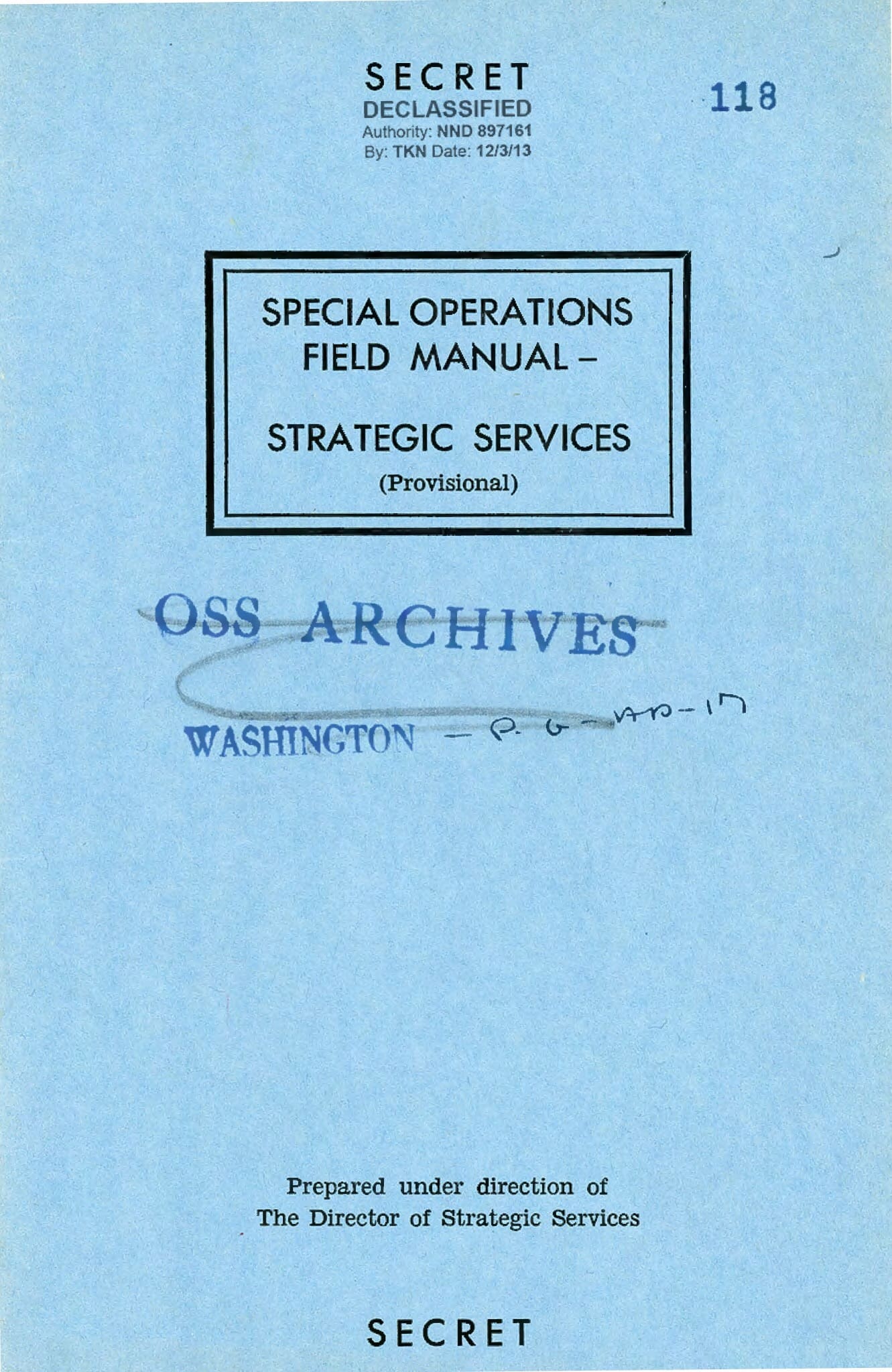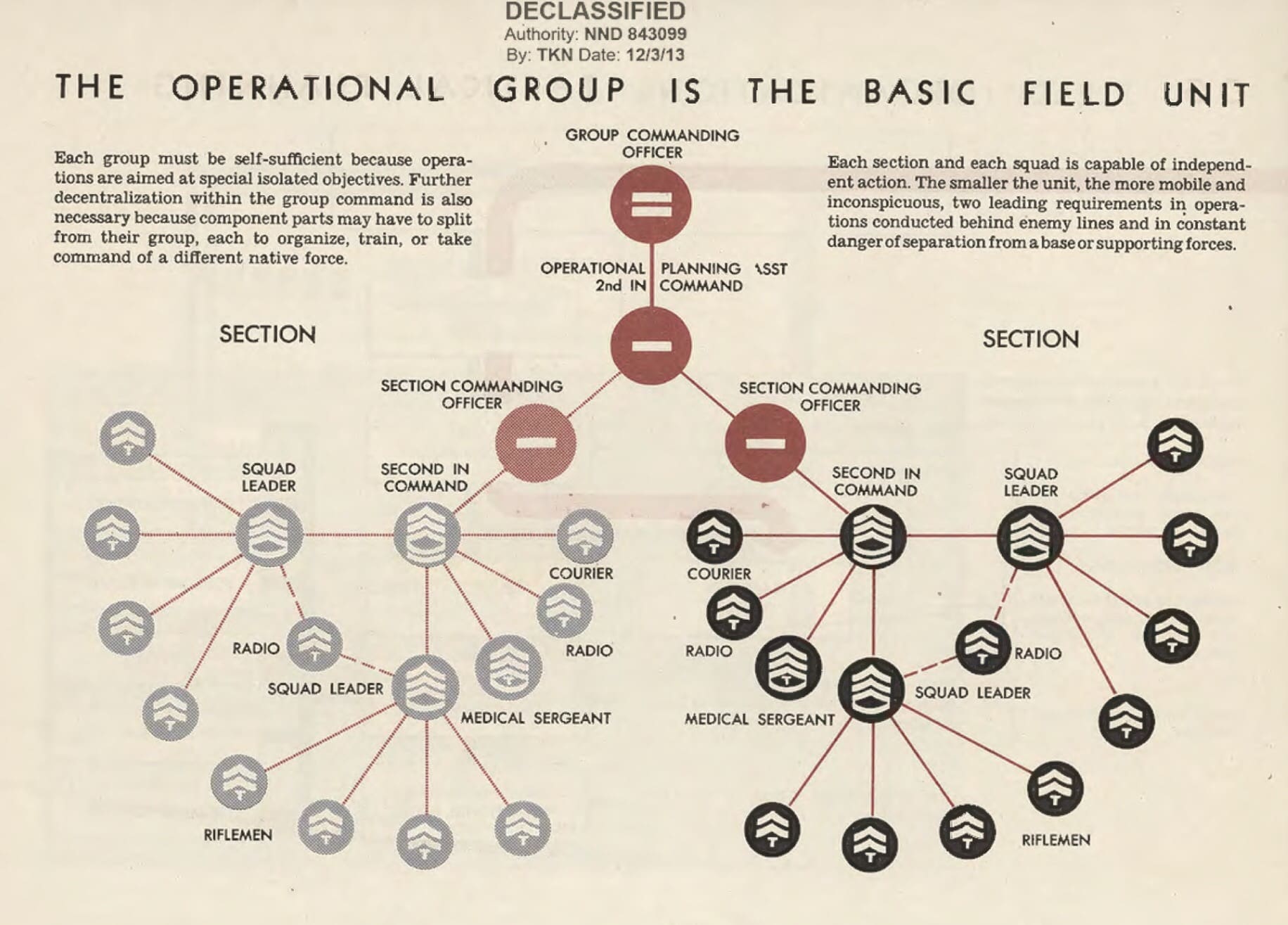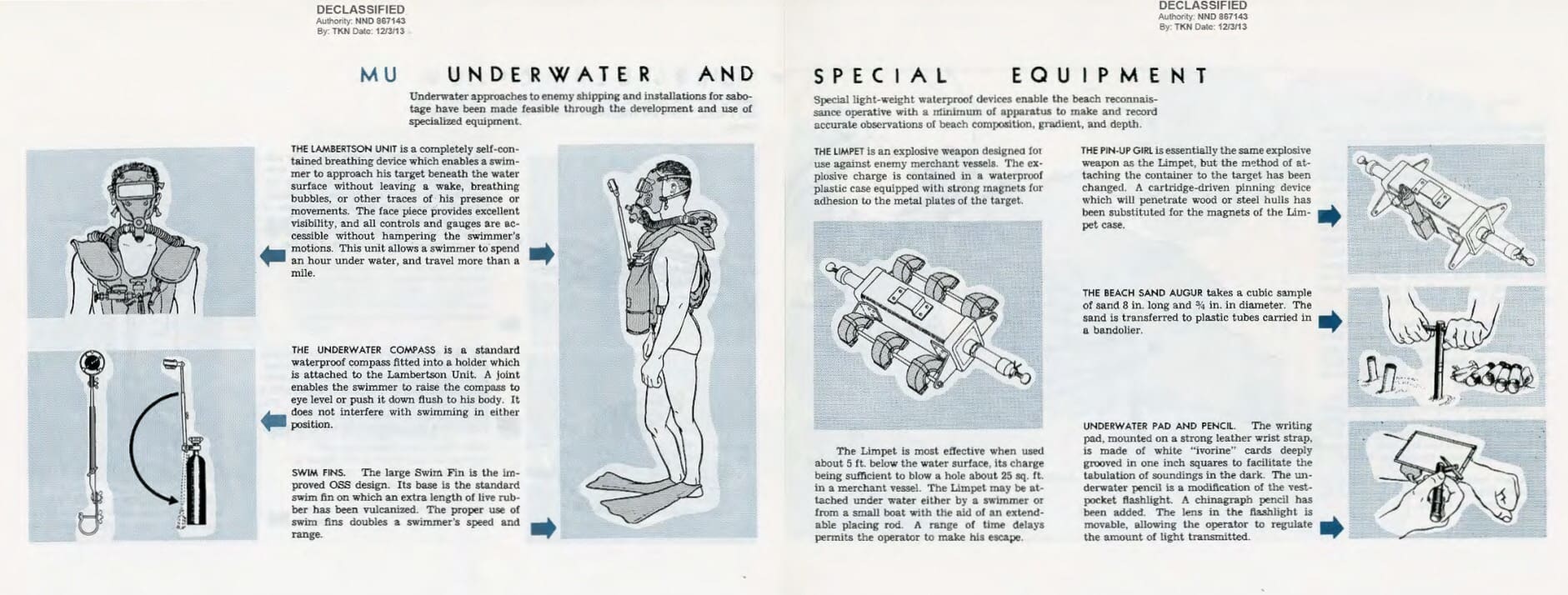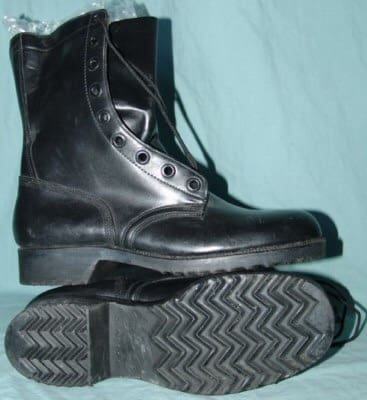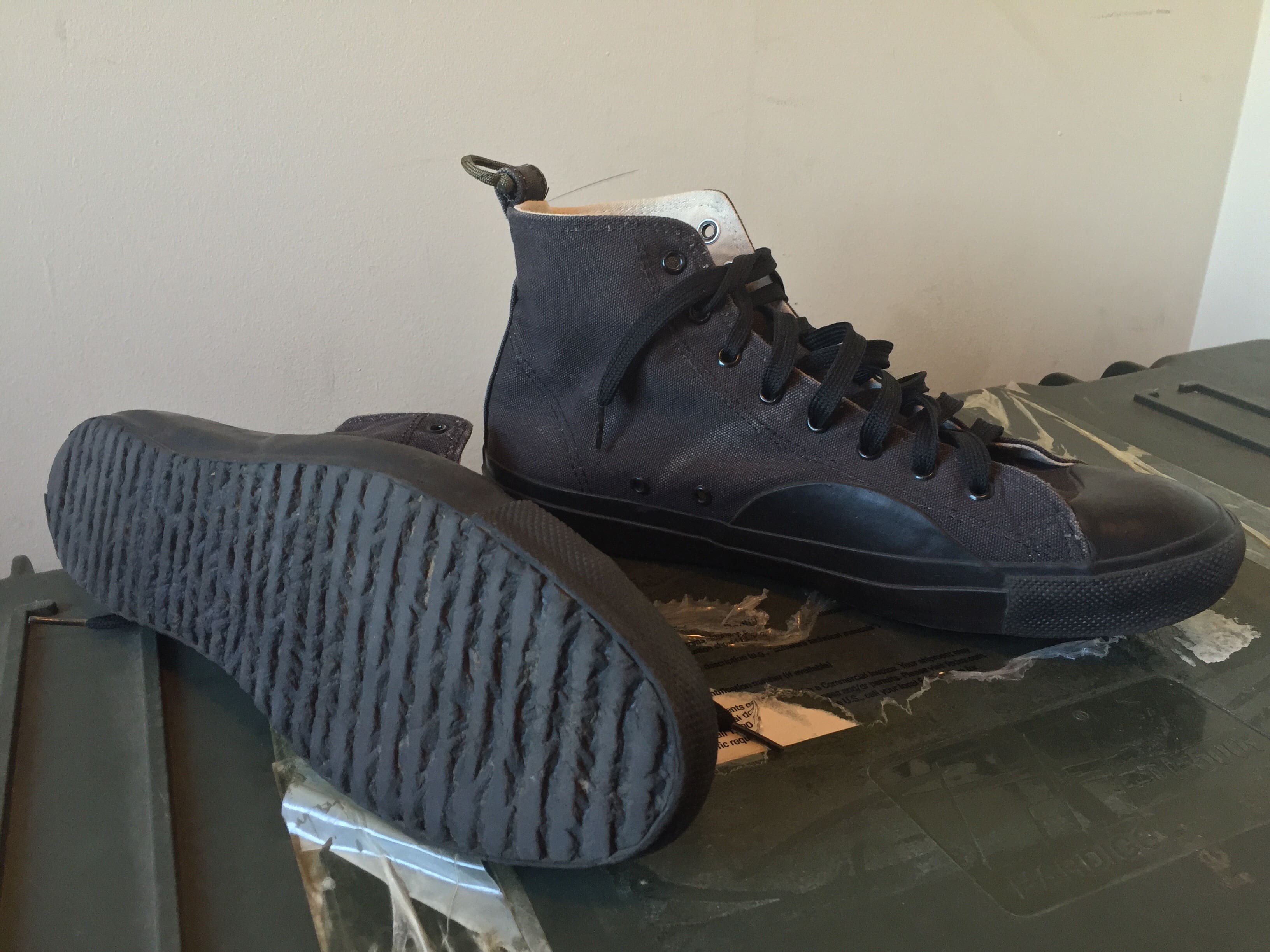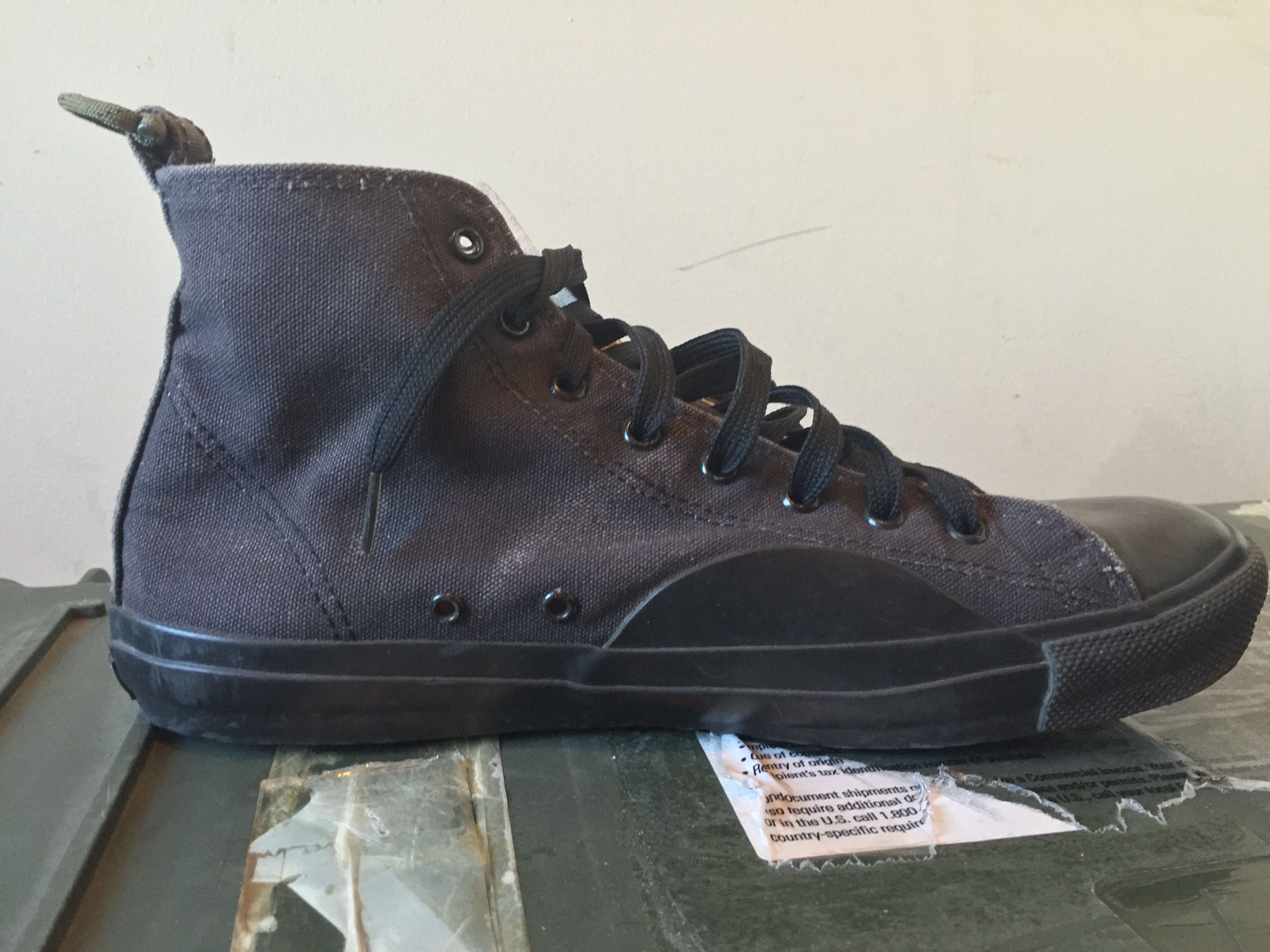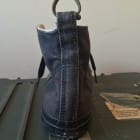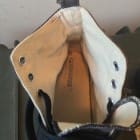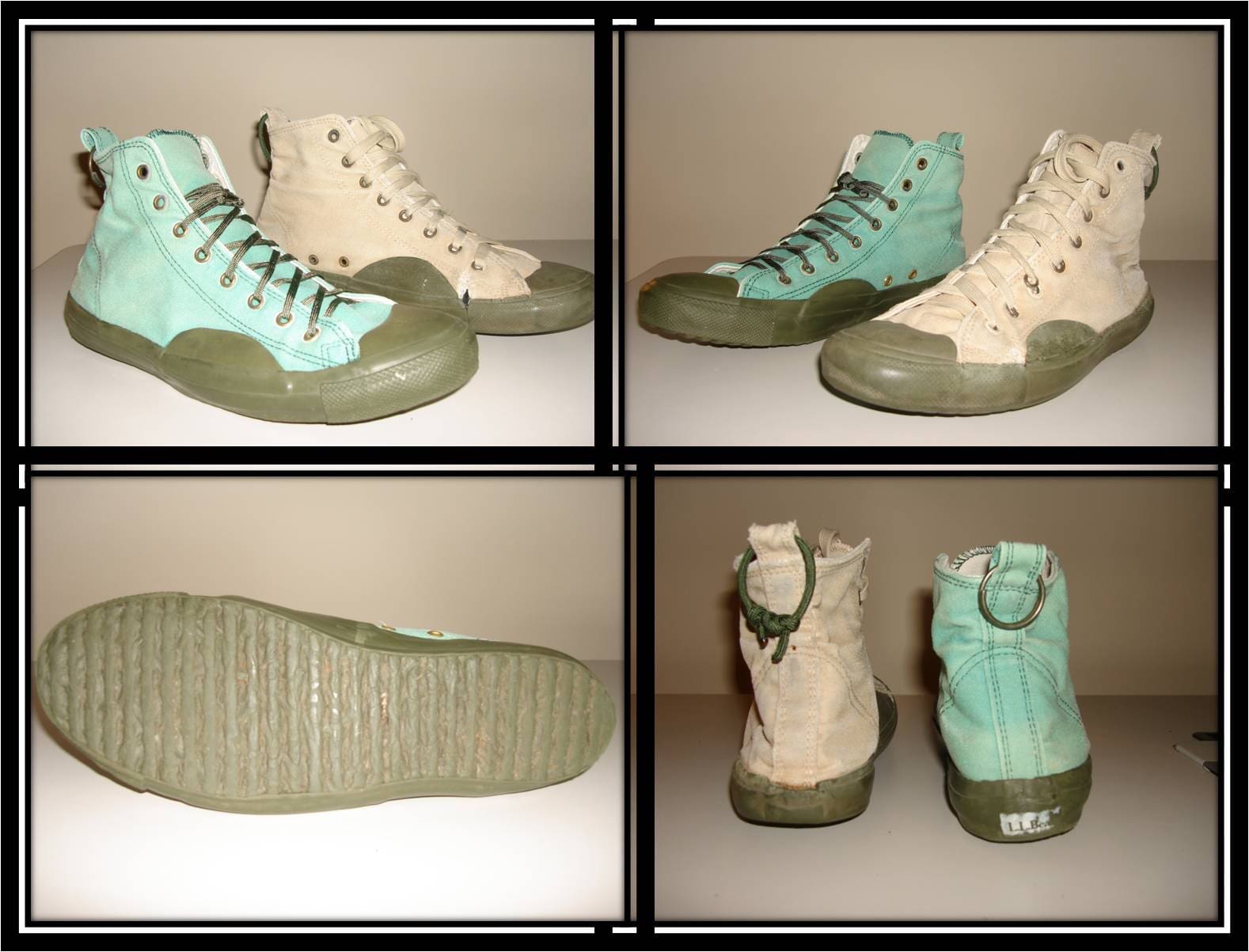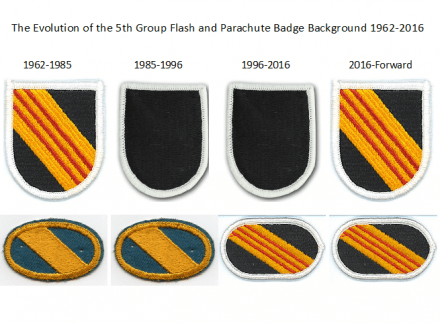
The 5th Group Flash in Vietnam overlaid multiple bands in the colors of the flag of South Vietnam on the existing Group flash. And the gold and red stripes also acknowledged 1st and 7th Group augmentation in the first years of the mission in country. Although in practice those non-5th Group TDY teams tended to wear their parent Group’s flashes. The primary intent was that the modification of the black with white trim Group flash showed solidarity with our South Vietnamese partners. Of course that was also during a time when we actually made a point of wearing berets in the field. In other words it was a mission specific change to the flash and was clearly meant to apply only to ongoing operations in Vietnam.
Technically the Group flash should have reverted to the pre-war design after the Group’s colors returned to Fort Bragg in 1971. However, after ten years of war, the Vietnam version of the flash WAS the 5th Group flash to members of the Group who had served there. Most had never worn the original flash. They had lost buddies and fought and bled wearing the flash with the gold and red stripes and that was their flash. And there is a strong and abiding desire from those veterans to preserve that heritage. I have always respected that. So at that point the purpose of the stripes changed…forever. It wasn’t about the mission in Vietnam anymore. The stripes had become in essence a “battle streamer” commemorating the Group’s service and sacrifice in that war. That service included 786 honored dead; many times that number wounded; thirty Medals of Honor and hundreds of other medals for valor. A proud record by every measure.
In 1985 the Group leadership decided to do what had not been done in 1971 and return the Group’s flash to the earlier configuration. There was logic to their decision. The stripes had not originally been meant to be a permanent modification. The Group’s area of orientation had changed and the country of South Vietnam no longer existed. And by that time, the majority of the Group’s members had never served in Vietnam. There was also some thought that the Group needed to close that chapter of its history and reinvent its self. Removing the stripes did not mean that the Group also discarded its storied Vietnam history. On the contrary, 5th Group has always held the heroes of that conflict in the highest esteem – but to some it certainly felt that way. So that decision remains divisive and deeply controversial to this day.
I grew up in 5th Group and spent many years there before and during GWOT. I got there after the transition back to the original flash. For me at least, and I’d say for most of us on duty at the time it seemed reasonable to retire the Vietnam flash and reclaim our original version. Frankly it wasn’t a topic of much discussion as I recall. That is not surprising. Just as most SF guys are not gun guys or gear guys, most are not history or heraldry buffs either. They’ll wear whatever flash they are authorized to wear with pride and not give it much additional thought. In that time we had plenty of work to do and there just wasn’t that much angst in the ranks about the change or the symbolism. Now after years and years of contingency operations and war most of the serving veterans today have lost buddies and fought and bled wearing the original black flash. It is indeed “my” 5th Group Flash. The one I went to war with and I suspect many of the current members of the Legion feel the same way. That sentiment is certainly deserving of respect as well.
In 1996 the Group leadership changed the background for the parachute badge worn on the dress uniform. Moving from the generic Special Forces gold and teal oval to a version that represented the Group flash of the Vietnam era; black with white border and the red and gold diagonal stripes (see photo). The intention had been to also change the flash back to the same configuration concurrently. But that was simply a political bridge too far at the time. But not anymore. The current Group leadership seized the opportunity facilitated in no small part because the current Army Chief of Staff, GEN Milley, is a former Team Leader in 5th Group. So last week (22, 23 March), I was one of many guests at the 5th Group Reflashing Ceremony held at Fort Campbell. It was a great ceremony. Joyful rather than solemn. A celebration and a rededication of the Group’s past, present and future in its entirety.
5th Group is still very busy. There is much work to be done so I doubt there will be much time for any angst in the ranks with this new change either. The ODA members that I spoke to in those two days seemed genuinely pleased with this particular transition. And why shouldn’t they be? Returning the Vietnam battle streamer to a position of prominence can only serve to enhance the historic symbolism of the Group flash. Nothing has been taken away from anyone and it disrespects no one. In my opinion it is an awesome privilege to carry all of those colors forward. An opportunity that I never had. A display of mutual and enduring respect for the contributions of all the veterans and current soldiers of the Legion. My congratulations to all the members of 5th Group past and present and best wishes to those who have the honor to still be serving. De Oppresso Liber!




